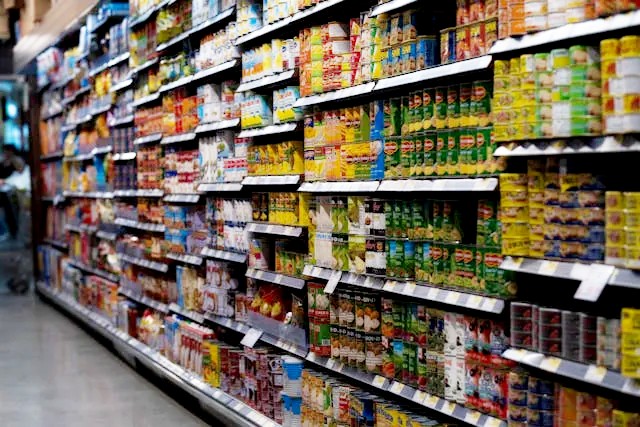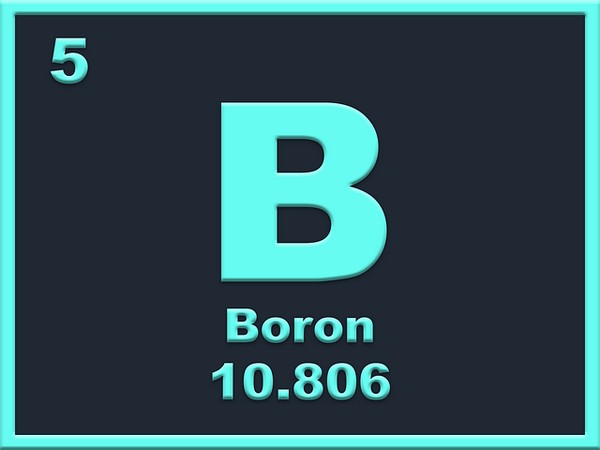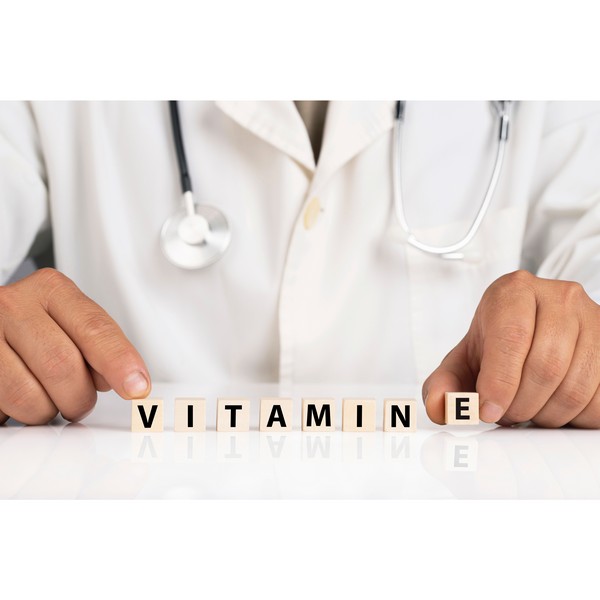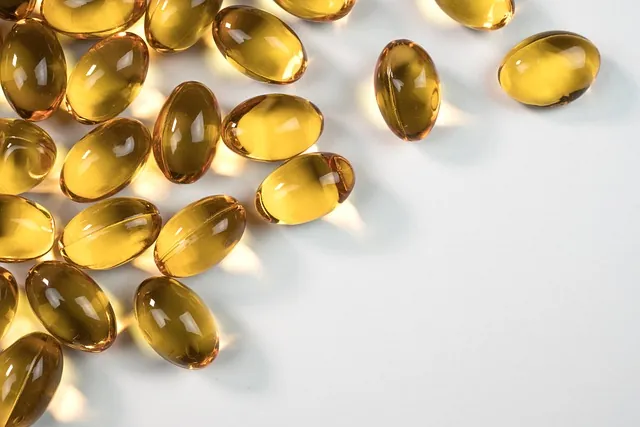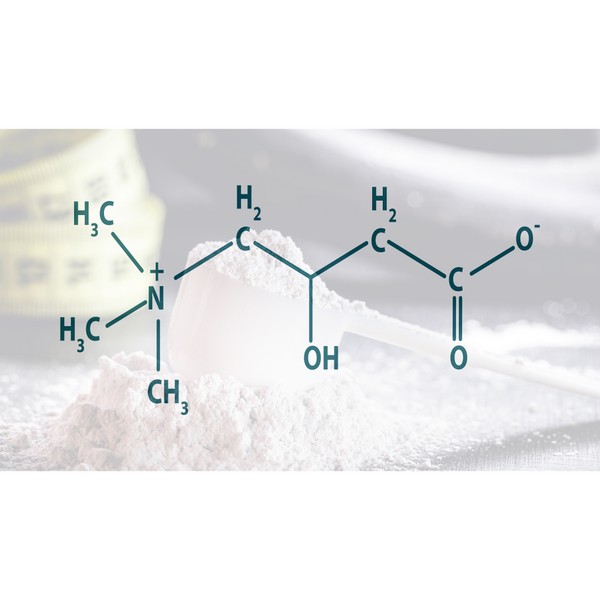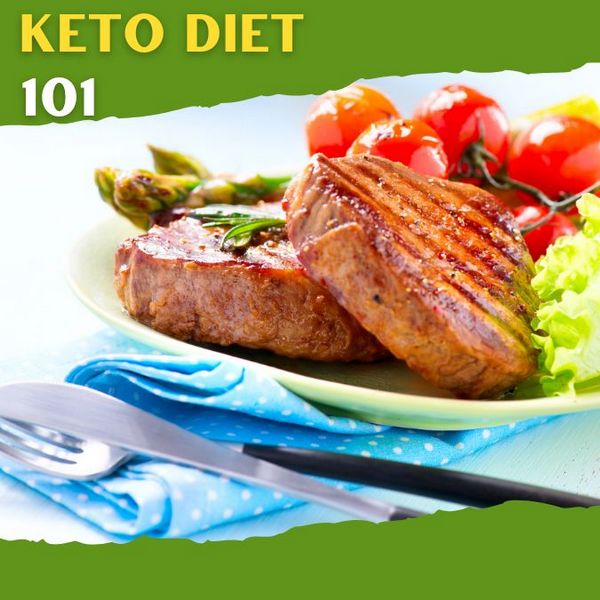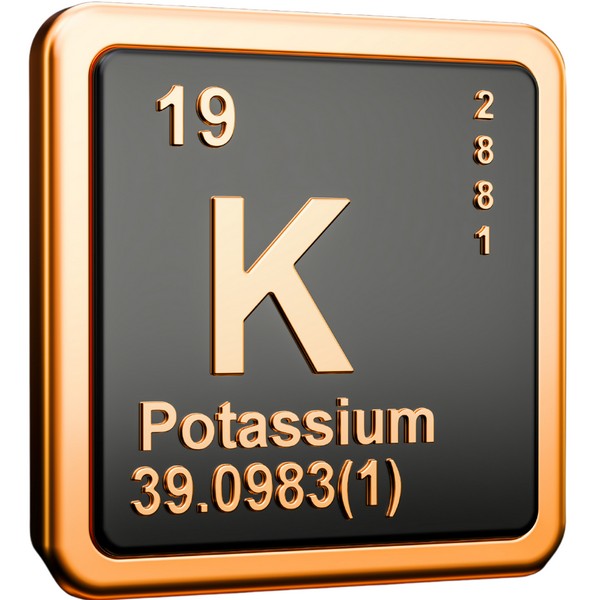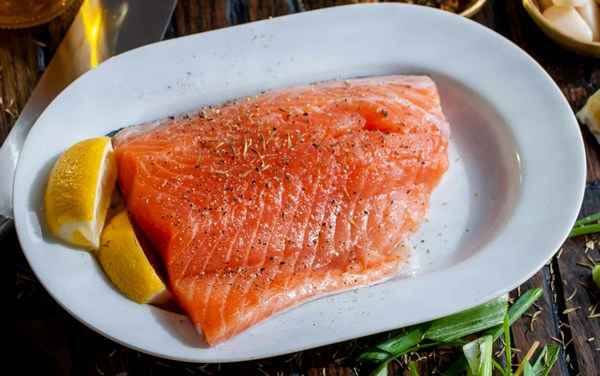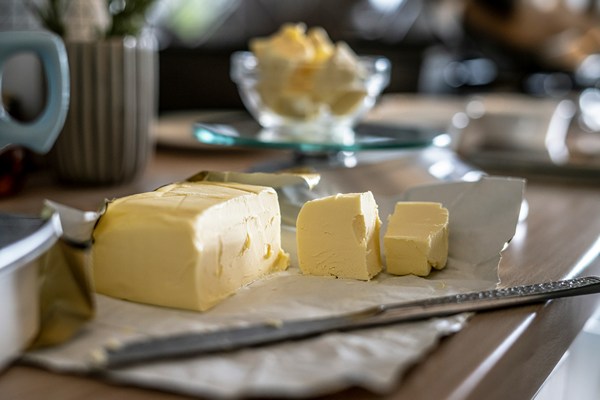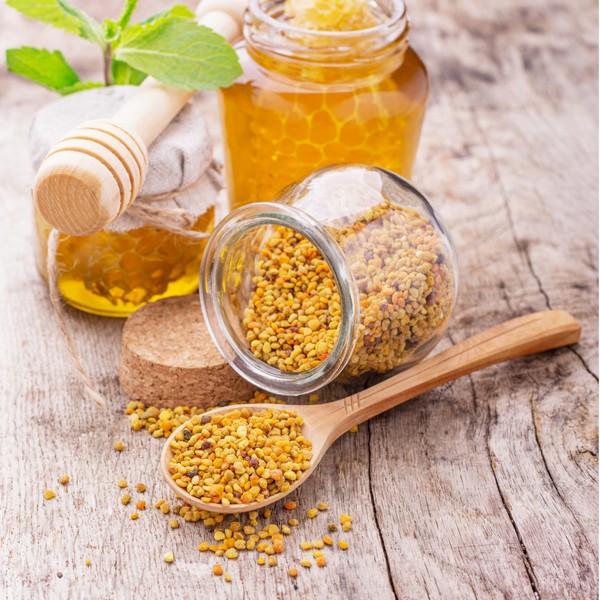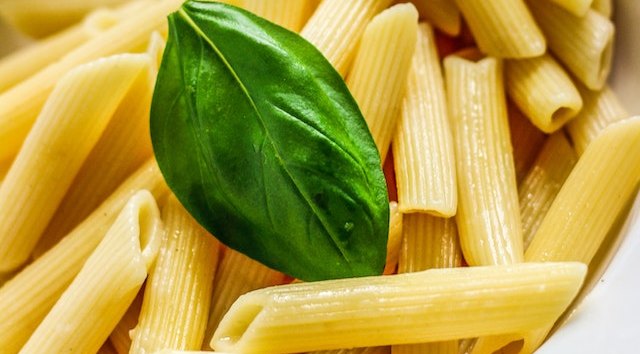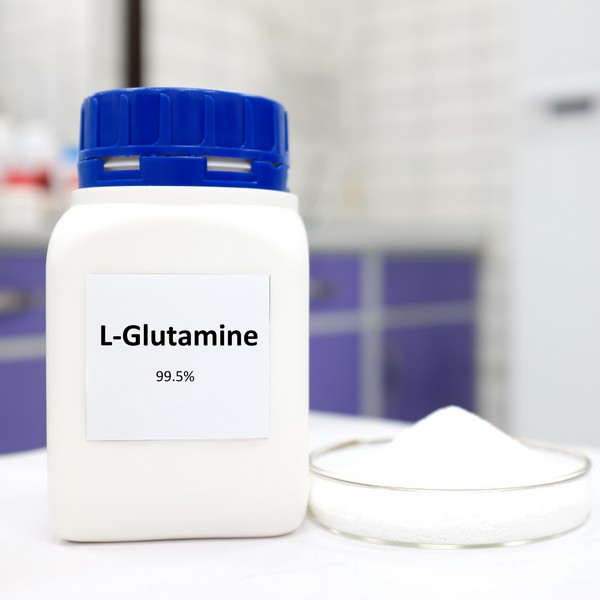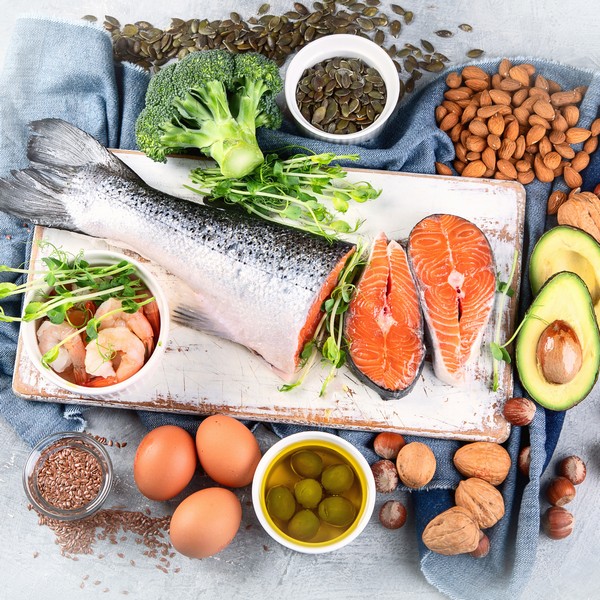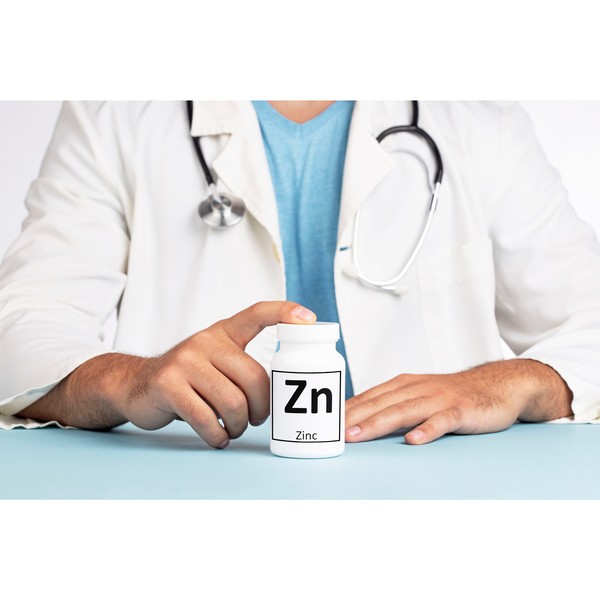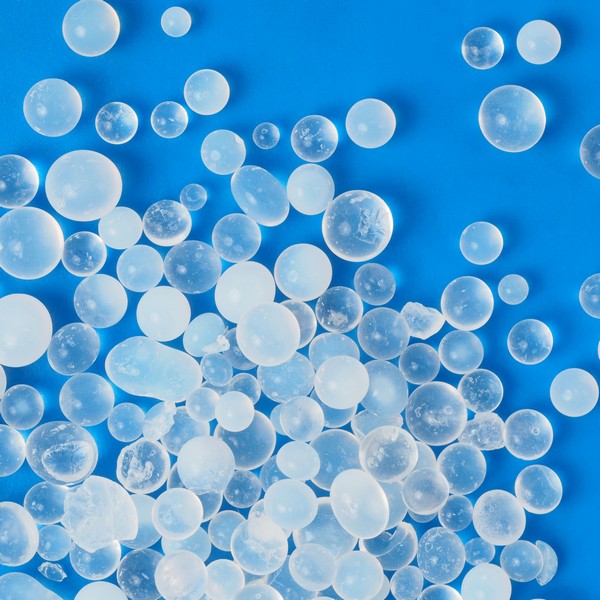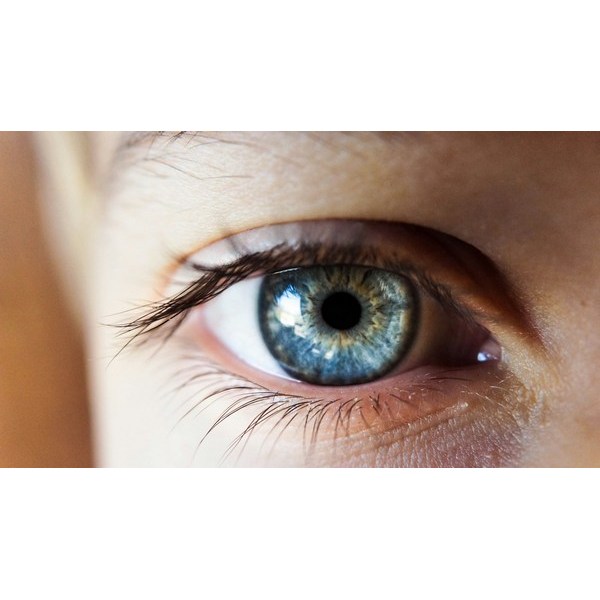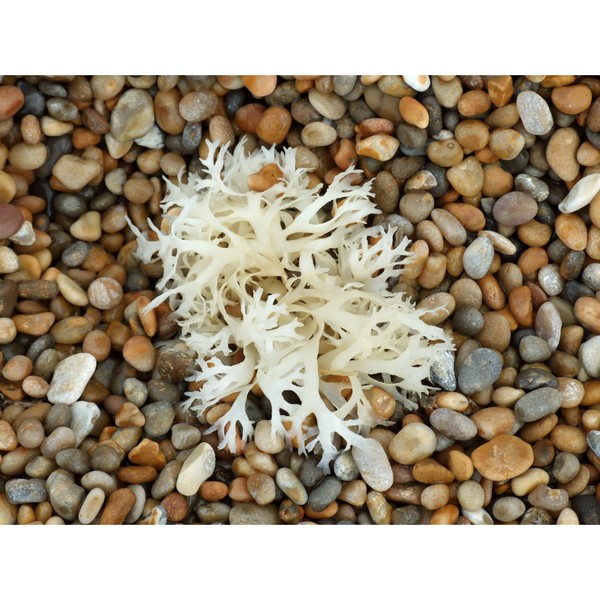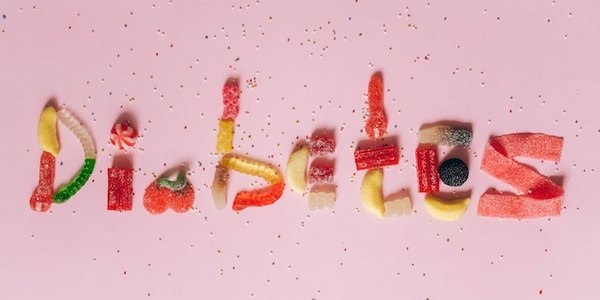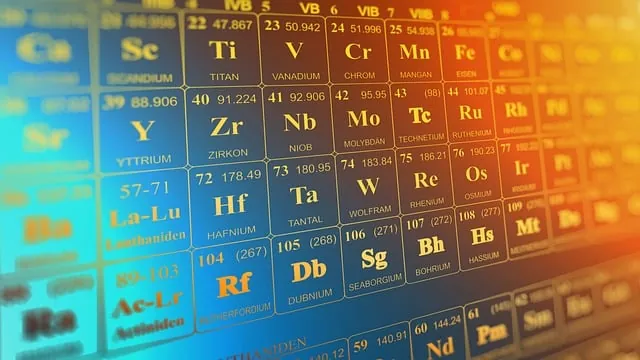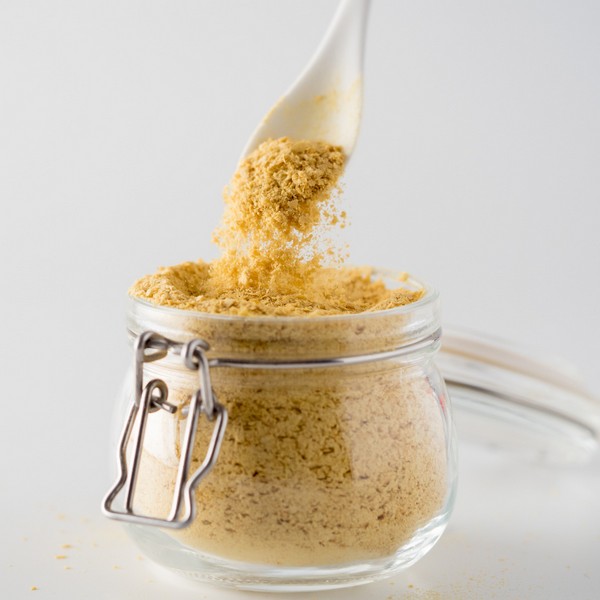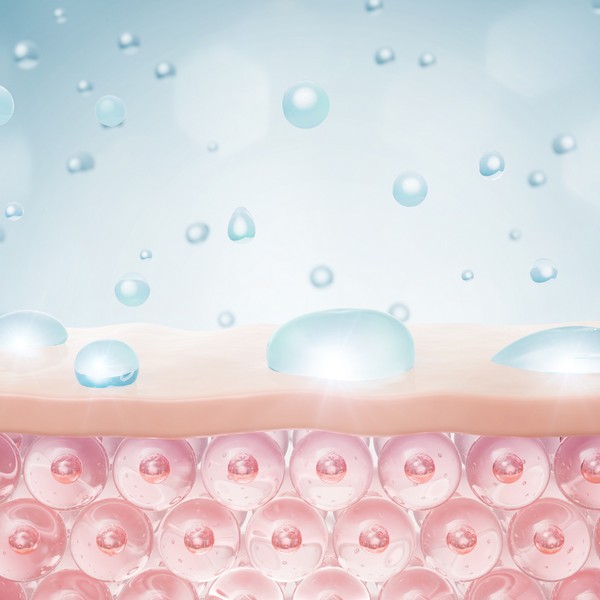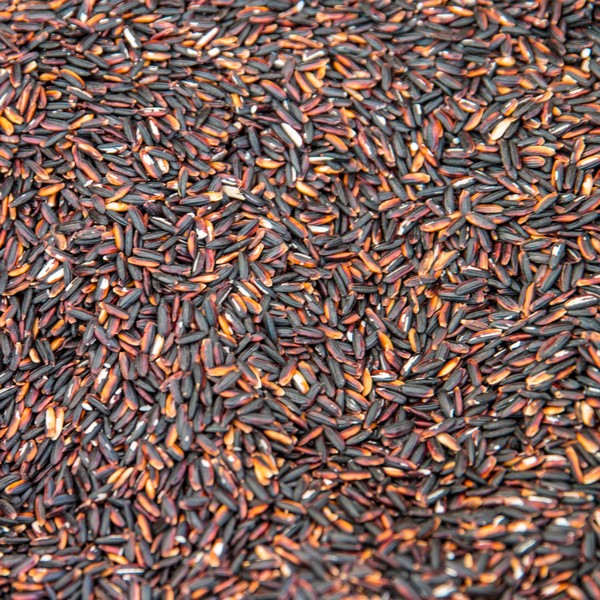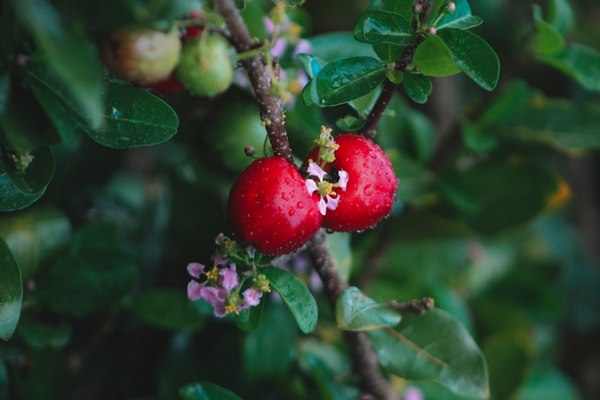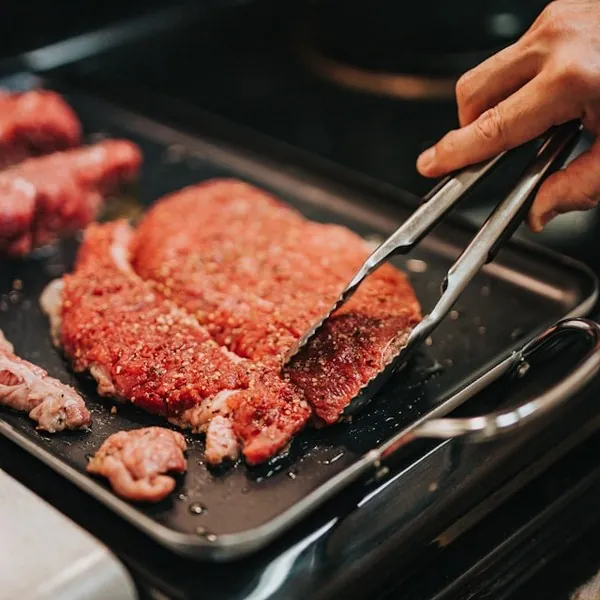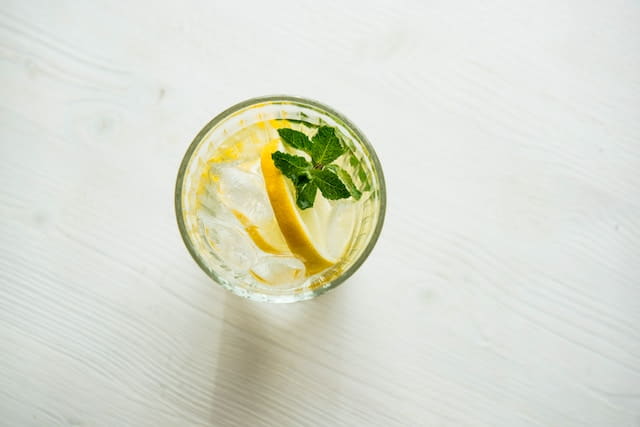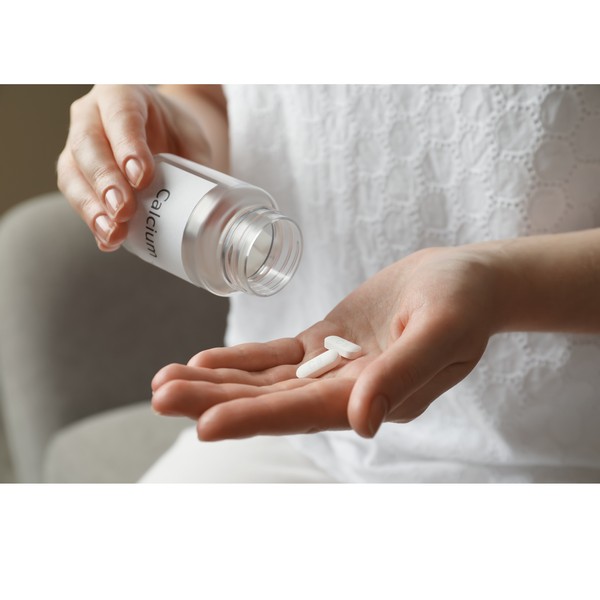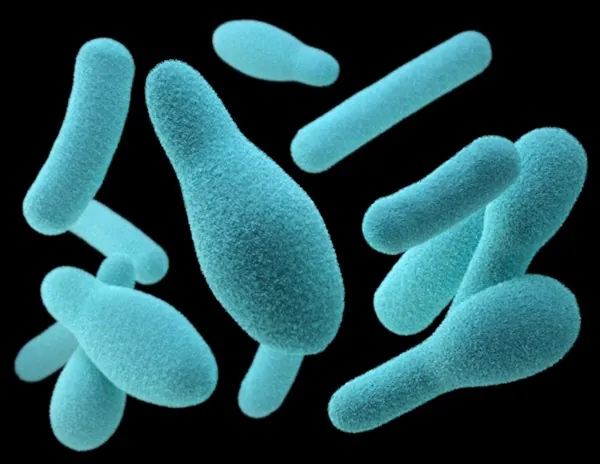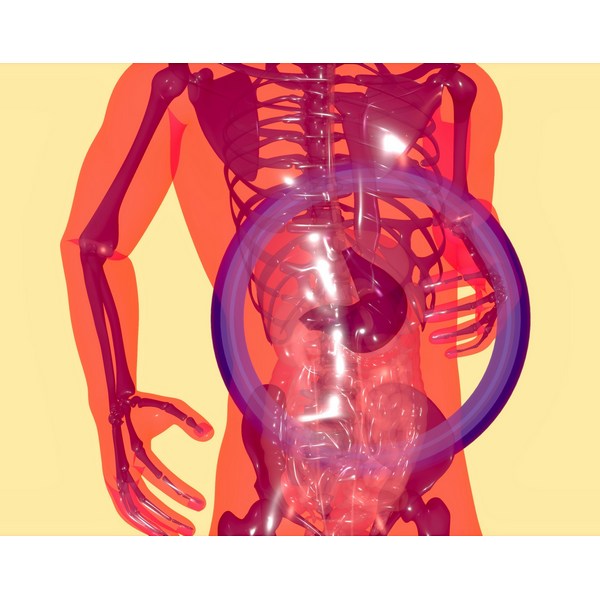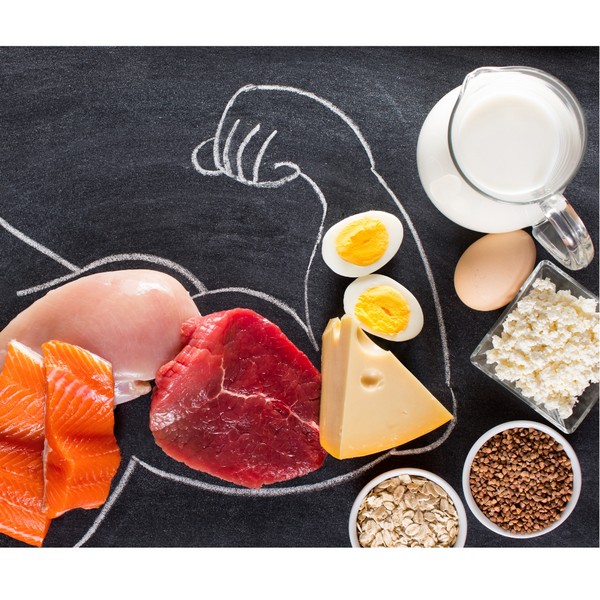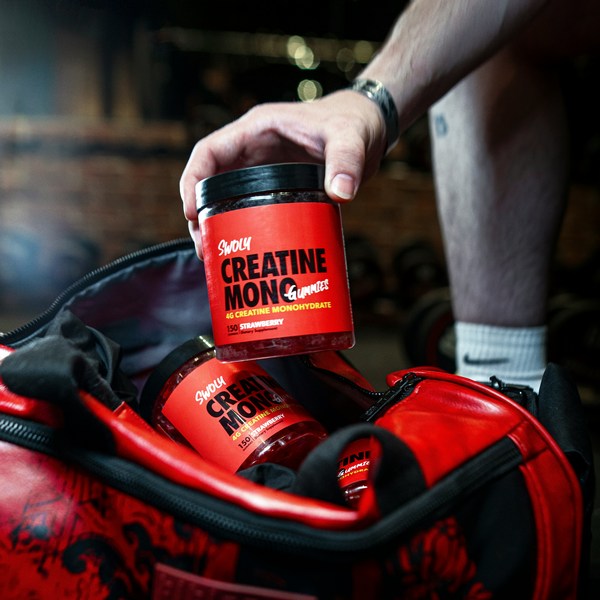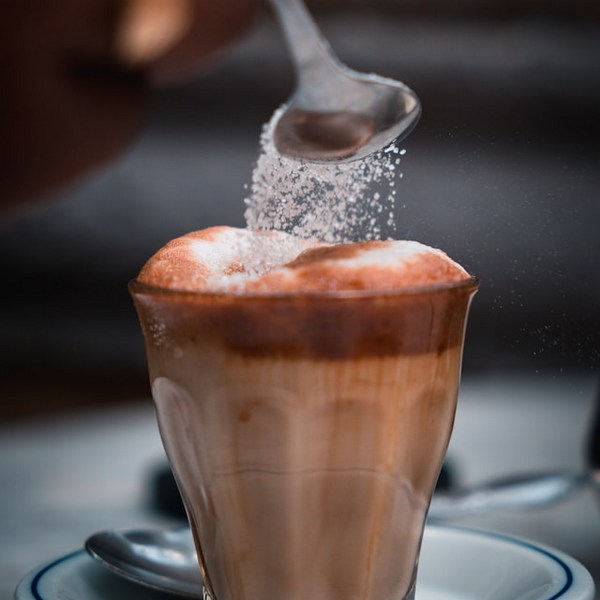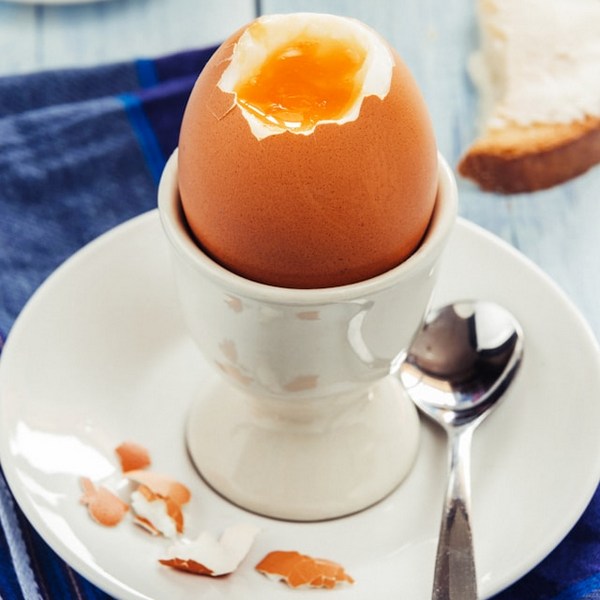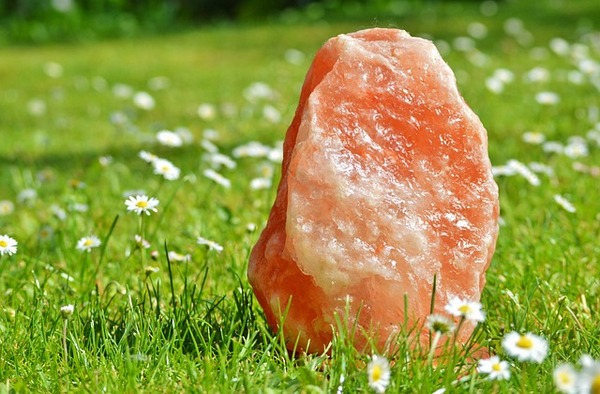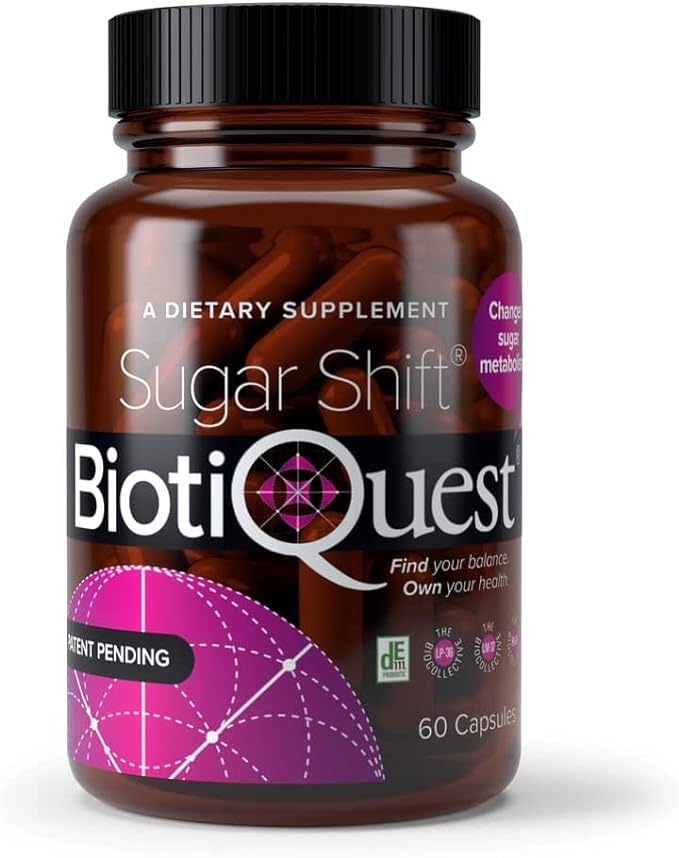Key Takeaways:
- GLP-1 agonists regulate appetite, insulin production, and blood sugar levels.
- Regular exercise and quality sleep maintain optimal GLP-1 levels.
- High-protein, low-carb diets effectively boost GLP-1 levels.
- Butter, ghee, tallow, and egg yolks are ideal for stimulating GLP-1.
- Gut health, supported by probiotics and fiber, influences GLP-1 production.
Understanding GLP-1 Agonists
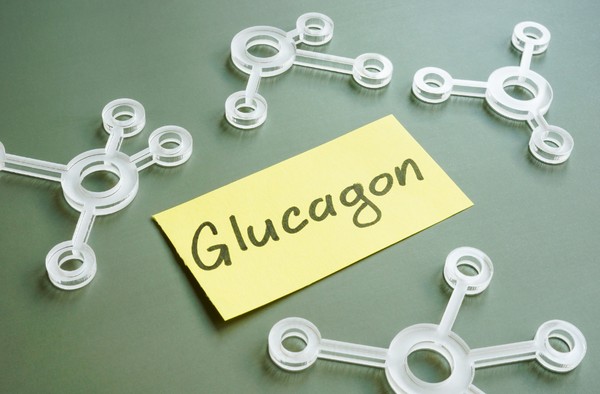
What are GLP-1 Agonists?
GLP-1 (glucagon-like peptide-1) agonists are hormones that play a role in the body’s metabolism.
They help control blood sugar levels, manage appetite, and encourage insulin release. Their ability to promote satiety makes them valuable in weight management and metabolic health.
Health Benefits of GLP-1 Agonists
GLP-1 agonists offer more than just appetite control. They enhance insulin sensitivity, which is important for blood sugar management.
Additionally, they support cardiovascular health by improving endothelial function and reducing inflammation.
Foods That Boost GLP-1 Levels

High-Protein Foods
Protein is a key nutrient for stimulating GLP-1 release. Foods such as eggs, meat, and fish are excellent sources of protein that help increase GLP-1 levels.
Having a high protein breakfast can significantly keep you feeling full throughout the day.
Healthy Fats
Butter, ghee, tallow, and egg yolks are not only rich in essential nutrients but also stimulate GLP-1. Olive oil and avocado oil also offer benefits.
Adding these fats to your diet, whether through cooking or as part of meals, helps maintain steady GLP-1 levels.
Try to avoid eating large amounts of fat and carbohydrates at the same time. That is never a good combination.
Fiber-Rich Foods
Soluble fiber can stimulate GLP-1 production. Vegetables, fruits, and legumes are sources of soluble fiber that stimulate GLP-1 release.
Probiotic-Rich Foods
Gut health is closely linked to GLP-1 production. Consuming probiotic-rich foods such as yogurt, kefir, and sauerkraut supports a healthy gut microbiome, which in turn enhances GLP-1 secretion.
Fermented foods are particularly effective in this regard and can be easily added to your daily diet.
Lifestyle Changes to Naturally Boost GLP-1

Regular Exercise
Exercise is a powerful tool for boosting GLP-1 levels. Both aerobic exercise, like walking or cycling, and resistance training, such as weight lifting, stimulate the release of GLP-1.
Regular physical activity enhances hormone production and improves overall metabolic health.
Adequate Sleep
Quality sleep is necessary for maintaining healthy GLP-1 levels. Poor sleep disrupts hormone production and negatively affects appetite regulation.
Aim for 7-9 hours of uninterrupted sleep per night to support optimal GLP-1 levels.
Managing Stress
Chronic stress interferes with GLP-1 production, leading to imbalances in hunger and insulin levels.
Practices like meditation, deep breathing, or yoga can help maintain stable GLP-1 levels.
The Role of Gut Health in GLP-1 Production

Importance of Gut Microbiota
The gut microbiota plays a significant role in GLP-1 production. A healthy and diverse gut flora is necessary for the optimal secretion of GLP-1.
Diets rich in fiber and probiotics support gut health, leading to increased GLP-1 levels.
Prebiotics and Probiotics
Prebiotics and probiotics are key for a healthy gut, which in turn supports GLP-1 production. Foods like garlic, onions, and asparagus are excellent prebiotic sources, while fermented foods provide beneficial probiotics.
These elements help create a gut environment conducive to GLP-1 release.
Supplements to Enhance GLP-1 Levels
Berberine
Berberine is a supplement known to increase GLP-1 levels. It also improves insulin sensitivity and supports metabolic health.
Recommended dosages should be followed, and consulting a healthcare provider before starting any supplement regimen is advisable.
Omega-3 Fatty Acids
Omega-3 fatty acids, found in cod liver oil, support GLP-1 production. They also offer anti-inflammatory benefits that contribute to overall health.
Other Potential Supplements
Supplements such as inositol, curcumin, and chromium have also been linked to increased GLP-1 levels.
The brilliant doctors and scientists at Pendulum Therapeutics, Inc. have formulated a unique solution in the new GLP-1 Probiotic.




Possible Side Effects
Overstimulating GLP-1 can lead to side effects such as nausea or gastrointestinal discomfort.
Gradually approaching dietary and lifestyle changes and monitoring the body’s response is essential.
Consultation with Healthcare Providers
Before making significant changes to your diet or lifestyle consult a healthcare provider. They can provide personalized advice and ensure that any changes are safe and appropriate for your health status.
FAQ:
What is the role of GLP-1 in weight loss?
GLP-1 helps regulate appetite and enhances insulin sensitivity, making it easier to manage weight.
Can increasing GLP-1 naturally help manage diabetes?
Yes, by improving insulin sensitivity and controlling blood sugar levels, natural methods to boost GLP-1 can be beneficial for diabetes management.
Are there any foods that reduce GLP-1 levels?
Highly processed foods and those high in sugar can negatively affect GLP-1 levels.
How long does it take to see benefits from these lifestyle changes?
Improvements in GLP-1 levels can vary, but many people start noticing benefits within a few weeks of making dietary and lifestyle changes.
Is it safe to take GLP-1 boosting supplements?
Healthy food should always be the primary source and supplements by definition secondary. Berberine is generally safe but should be taken under the guidance of a healthcare provider.
Research
Al-Asmakh, M., Anuar, F., Zadjali, F., Rafter, J. and Pettersson, S., 2012. Gut microbial communities modulating brain development and function. Gut Microbes, [online] 3(4), pp.366–373.
https://doi.org/10.4161/gmic.21287.
Araj-Khodaei, M., Ayati, M.H., Azizi Zeinalhajlou, A., Novinbahador, T., Yousefi, M., Shiri, M., Mahmoodpoor, A., Shamekh, A., Namazi, N. and Sanaie, S., 2023. Berberine-induced glucagon-like peptide-1 and its mechanism for controlling type 2 diabetes mellitus: a comprehensive pathway review. Archives of Physiology and Biochemistry, [online] pp.1–8.
Adam, T.C.M., Jocken, J. and Westerterp‐Plantenga, M.S., 2005. Decreased Glucagon‐like Peptide 1 Release after Weight Loss in Overweight/Obese Subjects. Obesity Research, [online] 13(4), pp.710–716.
Ahren, B., Larsson, H. and Holst, J.J., 1997. Effects of glucagon-like peptide-1 on islet function and insulin sensitivity in noninsulin-dependent diabetes mellitus. Journal of Clinical Endocrinology and Metabolism, 82, pp.473–478.
Ben-Harchache, S., Roche, H. M., Corish, C. A., & Horner, K. M. (2021). The Impact of Protein Supplementation on Appetite and Energy Intake in Healthy Older Adults: A Systematic Review with Meta-Analysis. Advances in Nutrition, 12(2), 490-502. https://doi.org/10.1093/advances/nmaa115
Deacon, C.F., 2004. Therapeutic Strategies Based on Glucagon-Like Peptide 1. Diabetes, [online] 53(9), pp.2181–2189.
Gupta, V., 2013. Glucagon-like peptide-1 analogues: An overview. Indian Journal of Endocrinology and Metabolism, [online] 17(3), p.413.
Gutzwiller, J.-P., Göke, B., Drewe, J., Hildebrand, P., Ketterer, S., Handschin, D., Winterhalder, R., Conen, D. and Beglinger, C., 1999. Glucagon-like peptide-1: a potent regulator of food intake in humans. Gut, [online] 44(1), pp.81–86.
Holst, J.J., Deacon, C.F., Vilsbøll, T., Krarup, T. and Madsbad, S., 2008. Glucagon-like peptide-1, glucose homeostasis and diabetes. Trends in Molecular Medicine, [online] 14(4), pp.161–168.
Holst, J.J., 2007. The Physiology of Glucagon-like Peptide 1. Physiological Reviews, [online] 87(4), pp.1409–1439.
https://doi.org/10.1152/physrev.00034.2006.
Iwase, Y., Kamei, N. and Takeda-Morishita, M., 2015. Antidiabetic Effects of Omega-3 Polyunsaturated Fatty Acids: From Mechanism to Therapeutic Possibilities. Pharmacology & Pharmacy, [online] 06(03), pp.190–200.
Karhunen, L.J., Juvonen, K.R., Huotari, A., Purhonen, A.K. and Herzig, K.H., 2008. Effect of protein, fat, carbohydrate and fibre on gastrointestinal peptide release in humans. Regulatory Peptides, [online] 149(1–3), pp.70–78.
Kelly, A.S., Rudser, K.D., Nathan, B.M., Fox, C.K., Metzig, A.M., Coombes, B.J., Fitch, A.K., Bomberg, E.M. and Abuzzahab, M.J., 2013. The Effect of Glucagon-Like Peptide-1 Receptor Agonist Therapy on Body Mass Index in Adolescents With Severe Obesity. JAMA Pediatrics, [online] 167(4), p.355.
Kohanmoo, A., Faghih, S. and Akhlaghi, M., 2020. Effect of short- and long-term protein consumption on appetite and appetite-regulating gastrointestinal hormones, a systematic review and meta-analysis of randomized controlled trials. Physiology & Behavior, [online] 226, p.113123. https://doi.org/10.1016/j.physbeh.2020.113123.
Lim, G.E. and Brubaker, P.L., 2006. Glucagon-Like Peptide 1 Secretion by the L-Cell. Diabetes, [online] 55(Supplement_2), pp.S70–S77.
Müller, T.D., Finan, B., Bloom, S.R., D’Alessio, D., Drucker, D.J., Flatt, P.R., Fritsche, A., Gribble, F., Grill, H.J., Habener, J.F., Holst, J.J., Langhans, W., Meier, J.J., Nauck, M.A., Perez-Tilve, D., Pocai, A., Reimann, F., Sandoval, D.A., Schwartz, T.W., Seeley, R.J., Stemmer, K., Tang-Christensen, M., Woods, S.C., DiMarchi, R.D. and Tschöp, M.H., 2019. Glucagon-like peptide 1 (GLP-1). Molecular Metabolism, [online] 30, pp.72–130.
Pavlisova, J., Horakova, O., Kalendova, V., Buresova, J., Bardova, K., Holendova, B., Plecita-Hlavata, L., Vackova, S., Windrichova, J., Topolcan, O., Kopecky, J. and Rossmeisl, M., 2020. Chronic n-3 fatty acid intake enhances insulin response to oral glucose and elevates GLP-1 in high-fat diet-fed obese mice. Food & Function, [online] 11(11), pp.9764–9775.
Pyke, C. and Knudsen, L.B., 2013. The Glucagon-Like Peptide-1 Receptor—or Not? Endocrinology, [online] 154(1), pp.4–8.
Ritzel, U., Fromme, A., Ottleben, M., Leonhardt, U. and Ramadori, G., 1997. Release of glucagon-like peptide-1 (GLP-1) by carbohydrates in the perfused rat ileum. Acta Diabetologica, [online] 34(1), pp.18–21.
Seino, Y., Maekawa, R., Ogata, H. and Hayashi, Y., 2016. Carbohydrate‐induced secretion of glucose‐dependent insulinotropic polypeptide and glucagon‐like peptide‐1. Journal of Diabetes Investigation, [online] 7(S1), pp.27–32.
Shah, M., Franklin, B., Adams-Huet, B., Mitchell, J., Bouza, B., Dart, L. and Phillips, M., 2016. Effect of meal composition on postprandial glucagon-like peptide-1, insulin, glucagon, C-peptide, and glucose responses in overweight/obese subjects. European Journal of Nutrition, [online] 56(3), pp.1053–1062.
https://doi.org/10.1007/s00394-016-1154-8.
Sivertsen, J., Rosenmeier, J., Holst, J.J. and Vilsbøll, T., 2012. The effect of glucagon-like peptide 1 on cardiovascular risk. Nature Reviews Cardiology, [online] 9(4), pp.209–222.
Yu, Y., Liu, L., Wang, X., Liu, X., Liu, X., Xie, L. and Wang, G., 2010. Modulation of glucagon-like peptide-1 release by berberine: In vivo and in vitro studies. Biochemical Pharmacology, [online] 79(7), pp.1000–1006.
Zhang, Q., Xiao, X., Li, M., Li, W., Yu, M., Zhang, H., Ping, F., Wang, Z. and Zheng, J., 2014. Berberine moderates glucose metabolism through the GnRH-GLP-1 and MAPK pathways in the intestine. BMC Complementary and Alternative Medicine, [online] 14(1).
The Impact of Ultra-Processed Foods on Your Wellbeing
Every bite we take is a step toward either wellness or illness. In our fast-paced world, ultra-processed foods have become a staple, silently shaping our…
Boron: Benefits of a Lesser-Known Mineral
Key Takeaways Boron is a trace mineral with significant health benefits. It supports brain function, bone health, and hormonal balance. Understanding boron’s role can improve…
Vitamin E Complex
Key Takeaways Vitamin E is a powerful antioxidant that protects cells from oxidative damage, reducing the risk of chronic diseases. The vitamin E complex includes…
Magnesium: Better Sleep, Stress Relief and More
How Cod Liver Oil Can Transform Your Health and Wellness
Cod liver oil has been used for centuries as a natural remedy for various health conditions. Packed with essential nutrients and fatty acids, cod liver…
L-Carnitine: Benefits, Dosage, and Side Effects
Key Takeaways L-Carnitine supports fat metabolism and energy production. Benefits include enhanced exercise performance and improved heart health. Proper dosing minimizes potential side effects. Understanding…
Keto Diet 101: A Complete Beginner’s Guide
Key Highlights The ketogenic diet is a low-carb, high-fat diet that can lead to weight loss and has many health benefits. By reducing carbohydrate intake…
Eggs: A Comprehensive Guide
Key Highlights Eggs are a nutritional powerhouse, containing all the essential vitamins and minerals needed for overall health. Vital role in a balanced diet, providing…
Potassium: Benefits & Sources
Key Takeaways Potassium is essential for regulating fluid balance, nerve signals, and muscle function. It supports heart health and helps maintain proper blood pressure. Adequate…
5 Major Benefits of Omega-3 Fatty Acids
Key Takeaways Omega-3 fatty acids support heart health by reducing triglycerides and lowering blood pressure. They play an important role in brain function and development,…
Healthy Fat: is Butter Better?
Key Takeaways Saturated fats, like those found in butter, may not be as harmful as once thought and can be part of a healthy diet….
Bee Pollen: Nature’s Secret Superfood
Key Takeaways Bee pollen is packed with essential nutrients and offers numerous health benefits. It supports immune function, boosts energy, and promotes overall well-being. Adding…
Is Eating Sugar Really That Bad For Your Health?
Should You Really Be Concerned? In short, YES! Thank you, that’s all folks, and do have a good evening. Seriously though, extensive research has established…
5-HTP: Natural Ways to Boost Serotonin and Improve Mood
Key Takeaways: 5-HTP is a natural compound that helps boost serotonin levels in the brain. It can support mood regulation, sleep improvement, and stress reduction….
L-Glutamine and Gut Health: Benefits and Side Effects
Key Takeaways L-Glutamine is essential for gut health. Benefits include improved digestion and reduced inflammation. Potential side effects are rare but can occur in high…
13 Most Dangerous Foods Revealed
Key Highlights Fugu, or pufferfish, is one of the most poisonous foods in the world, with its organs containing a neurotoxin that can paralyze motor…
ALA vs. DHA & EPA Omega-3: Why Source Matters
Key Takeaways ALA (Alpha-Linolenic Acid) is found in flaxseeds, chia seeds, and walnuts, but converts poorly to DHA and EPA. DHA and EPA are critical…
Conjugated Linoleic Acid (CLA): Benefits & Sources
Key Takeaways CLA is a type of fatty acid found primarily in animal products like beef and dairy. Known for potential benefits such as weight…
Spirulina: Health Benefits and Uses
Key Takeaways Spirulina boosts immune function with its high nutrient content and antioxidant properties. Rich in proteins and essential vitamins, enhances overall nutrition. Helps reduce…
Berberine Has 11 More Incredible Benefits Than You Thought
Berberine is a compound found in several plants that has been used for centuries in traditional Chinese medicine and Ayurveda. It has recently gained popularity…
Zinc Supplements: Risks and Dangers
Key Takeaways Zinc supports immunity, wound healing, and cell growth. High zinc supplement doses can cause health problems. Always consult a healthcare provider before taking…
Silica: for Healthier Skin, Hair, and Nails
Vitamin A (Retinol): Essential Nutrient for Health
Key Takeaways: Natural Vitamin A, also known as Retinol, is crucial for vision, immune function, and skin health. Retinol is essential for healthy vision, particularly…
Iron Overload: Symptoms & Prevention Tips
Key Takeaways: Iron overload happens when the body absorbs excessive iron, which can damage organs. Common symptoms include fatigue, joint pain, and skin changes. Early…
Copper: Little-Known Health Benefits
Key Takeaways Copper is an essential trace mineral with benefits, including ceruloplasmin production, energy production and antioxidant properties. Copper is critical for brain health by…
Benefits of Sea Moss Explained
Key Takeaways Rich in Nutrients: Sea moss is packed with essential vitamins, minerals, and antioxidants, supporting overall health and wellness. Supports Immune Function: Its high…
6 Best Natural Ways to Manage Your Blood Sugar: A Quick & Easy Guide
1. Intermittent fasting2. Exercise3. Dietary fiber4. Sleep5. Weight loss6. SupplementationBioclinic NaturalsPGX BiotiquestSugar Shift Every time you eat it, it’s plotting something sinister. Sugar isn’t as…
Trimethylglycine TMG: Betaine Anhydrous Explained
Key Takeaways Betaine Anhydrous (TMG) is a compound found naturally in various foods and offers several health benefits. TMG supports liver health by reducing fatty…
Red Palm Oil: Unveiling The Potent Health Benefits
Struggling to find the right oil for your health and kitchen? Red palm oil is packed with nutrients that might just be what you need….
11 Electrifying Health Benefits of Trace Minerals
What are Trace Minerals?The Major Roles of Trace MineralsSources of Trace MineralsDeficiencies in Trace MineralsThe Impact of Trace Minerals on Specific Health ConditionsFrequently Asked Questions…
Benefits of Nutritional Yeast
Key Takeaways Nutritional yeast is a rich source of vitamins and minerals. It supports immune function and promotes skin health. Its cheesy flavor makes it…
How Collagen Supports Healthy Skin, Joints, and More
Key Takeaways Collagen is the most abundant protein in the body, supporting the structure of skin, bones, and connective tissues. It helps maintain skin elasticity,…
How Stabilized Rice Bran Supports Digestive & Heart Health
Key Takeaways – Stabilized rice bran is a nutrient-rich source of vitamins, minerals, and antioxidants. – The stabilization process prevents rancidity, making it a long-lasting…
Whole Food Vitamin C Complex: Expert Tips for Health
Key Highlights Whole food vitamin C complex is essential for a strong immune system and overall health. Unlike synthetic ascorbic acid, whole food vitamin C…
Medium Chain Triglycerides (MCTs): Uncovering 5 Health Benefits
This potent, natural source of energy has gained considerable attention in recent years for its impressive array of benefits. MCT oil is a versatile addition…
Grains & Legumes Secretly Harming Your Health? Find Out Now!
Key Takeaways: – Grains and legumes contain antinutrients like lectins and phytic acid, which can interfere with nutrient absorption. – These foods may trigger digestive…
Carnivore Diet: Benefits, Risks, Food List & More
Key Takeaways The carnivore diet is a keto diet that only allows for animal-based foods, and has potential health benefits. Tips for success include hydrating,…
Do This! The Ultimate Guide to Fasting Safely and Effectively
In our increasingly busy lives, finding time to take care of our bodies can often take a backseat. One method that has gained attention recently…
8 Key Signs of Nutrient Deficiency
Key Takeaways Magnesium: A multitasker that aids in over 300 biochemical reactions in the body. Copper: Supports neurological function, cardiovascular and immune system health, iron…
Tallow: Benefits, Uses, and Nutrition
Key Takeaways: Tallow is a nutrient-rich animal fat with many practical uses. It contains valuable vitamins such as A, D, E, and K. Tallow is…
Calcium Supplements: What You Need to Know
Key Takeaways Calcium supplements have been linked to heart disease and kidney stones. Excess calcium from supplements can lead to imbalances and health issues. Natural…
Postbiotics: What They Are and Why They Are Important
Key Takeaways Postbiotics 101: They’re beneficial by-products from probiotics that consume prebiotics Boosts Immunity: Postbiotics sharpen your immune system, helping fight off pathogens and reducing…
TUDCA Benefits for Health
Key Takeaways TUDCA promotes liver health, aiding cell protection and repair. Enhances digestion by improving bile flow and supporting gut health. May protect brain health…
Protein: You probably need more
Key Takeaways Protein is needed for building and repairing body tissues. It supports muscle growth, immune function, and hormone production. Bioavailable sources of protein include…
Creatine Myths Debunked: Separating Fact from Fiction
Key Takeaways Common myths about creatine, such as it causing kidney damage, weight gain, and being a steroid, are widespread but unsupported by scientific evidence….
Actual Superfoods: Real Foods You Should Be Eating
Key Takeaways Superfoods are nutrient-dense foods, offering essential vitamins, minerals, and fats. Prioritize high-quality sources for optimal nutrition. They support overall health, boost energy, and…
Allulose: The Best Sugar Alternative
Key Takeaways Allulose is a low-calorie sweetener found naturally in some fruits. It does not raise blood sugar levels, making it suitable for diabetics. Allulose…
Liver: 5 Surprising Benefits Backed by Science
Hold on! Don’t run away! You need to read this. Liver is a highly nutritious organ meat that is often overlooked in modern diets. Packed…
CoQ10: What Is It and Why Is It Important?
Key Takeaways CoQ10 (Coenzyme Q10) is an antioxidant produced by the body, essential for energy production in cells. Levels of CoQ10 naturally decrease with age…
Natural Treatment for Irritable Bowel Syndrome (IBS): Effective Remedies Explored
Understanding IBSSymptoms of IBSRole of Diet in IBSNatural Remedies for IBSSupplements for IBSRole of Probiotics in IBSFrequently Asked Questions Understanding IBS Irritable Bowel Syndrome (IBS)…
Cholesterol Misconceptions: Separating Fact from Fiction
Key Takeaways: High inflammation and blood pressure are major risk factors for heart disease. Cholesterol is vital for hormone production, cell membrane structure, and digestion,…
Taurine: The Mighty Amino Acid for Optimal Health
Key Takeaways Taurine supports heart health, regulates blood pressure, and reduces oxidative stress. Essential for muscle function, brain health, and cognitive function. Aids in insulin…
What You Need to Know About Salt and Your Health
Table of ContentsThe Health Benefits of Unrefined Sea SaltElectrolyte BalanceMineral ContentImproved HydrationBoosted Energy LevelsImmune SupportImproved DigestionBalanced pH LevelsReduced Water RetentionHeart Health SupportStronger Bones and TeethEnhanced…
